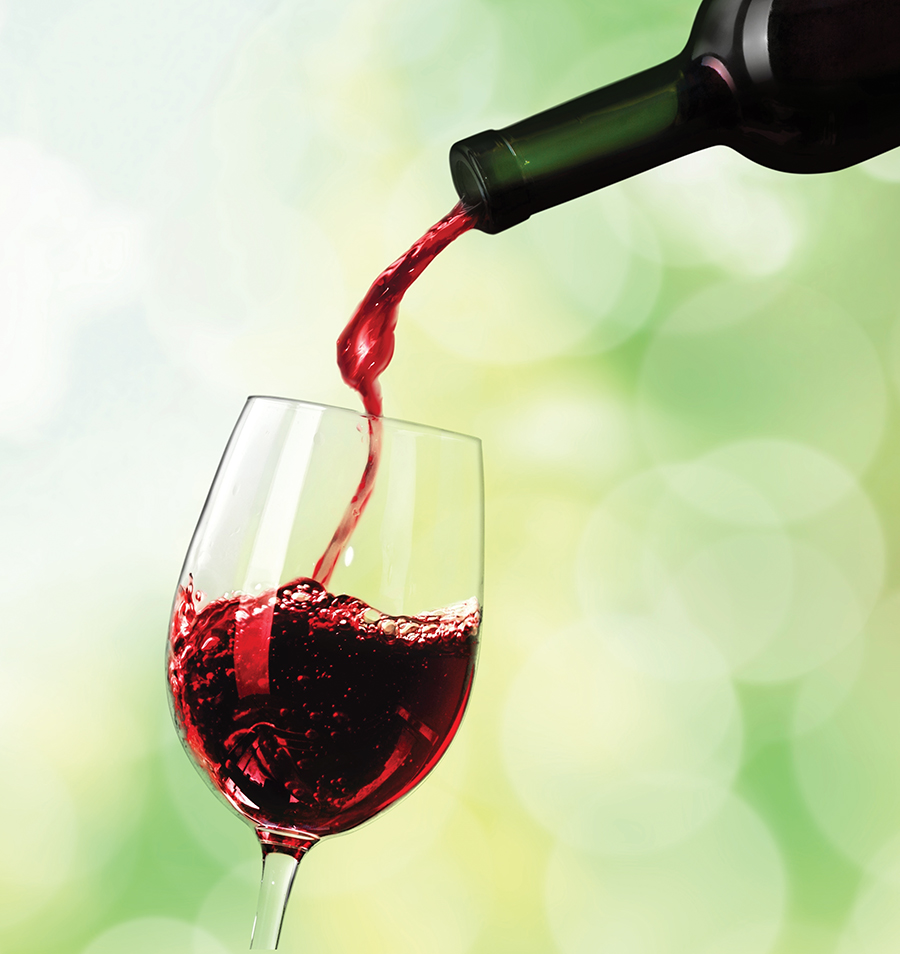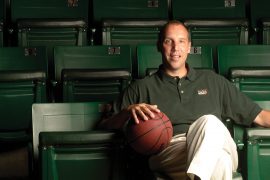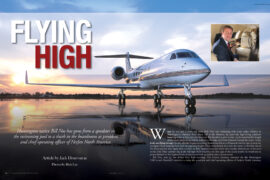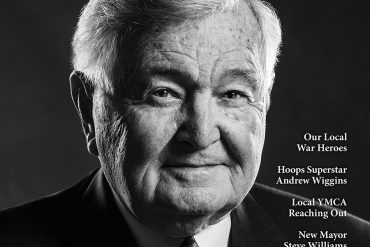By Matthew Debord
HQ 92 | WINTER 2016
Unless you’re a trained sommelier, work at a major auction house or have some sort of deep family connection to the wine business, the way most people become wine writers is by loving wine and striving to go beyond just learning about it to publish on the subject. In this respect, I’ve been incredibly lucky. I’ve always liked wine and wanted to learn about it, but until the late 1990s, I was more of a general journalist. I wrote about a wide variety of topics for various magazines, newspapers and websites, and I had also written or contributed to a couple of books. I had started a magazine about art, and wine was just one of the things I wrote about. I was living in New York City back then and had a biweekly column on wine and food in an alternative newspaper. In addition, I had written a few pieces for Food and Wine magazine.
Then everything changed.
I had written several freelance articles for Wine Spectator, and in the early 2000s the biggest wine magazine in the world was looking to add some new folks to the payroll. So they hired me. After working as a freelancer for five years, their offer was too good to pass up. I went on staff full time and headed into Manhattan every day from my apartment in Brooklyn.
My core job was to write features about the wine-loving life and to contribute to the Wine Spectator website, which back in those days was still a modest affair. However, I also got to spend my days around a group of professional wine critics, all who had been working at the magazine for a decade or more.

They truly knew their stuff. It was like wine graduate school.
It wasn’t all that fancy, however. You might imagine a kind of wood-paneled English gentlemen’s club, with wine bottles everywhere and a fire crackling in the hearth. That wasn’t Wine Spectator. We occupied several floors in an office building in Manhattan, and a big conference room on one of those floors had been turned into a tasting room. There was a huge white table (actually, several tables pushed together), some file cabinets, many different styles of wine glasses (but a basic, standard Zinfandel glass was the default choice for most tasters), some chairs, a couple of computers and some spit buckets. A kitchenette stood off to the side. All the wines were kept in a large chamber where the temperature and humidity conditions were controlled.
This was serious business. Every day, wines came in from wineries whose bottlings were being tested. Wine Spectator also bought wines that the tasters, each with their own “beats,” wanted to check out. Two full-time “tasting coordinators” worked with the tasting director to choose and log in the wines. Tastings were then set up, and they were always “blind” – the taster knew the type of wine and the vintage year, but that was it. A coordinator uncorked everything and put the bottles in brown paper bags, numbered. The numbers corresponded to a tasting sheet and a database set up to record scores, on a 100-point scale, as well as tasting notes.
A seasoned taster could work through dozens of wines in a day, usually tasting in the mornings and the afternoons. Frequently enough, I was invited to join in, to get a sense of what it was all about. As an associate editor I was getting on-the-job training that would lead one day, just maybe, to becoming a senior editor. Then, I would oversee an entire beat such as Champagne, Burgundy, California or Australia. Cool stuff!
It was impressive to watch these guys work. A splash of wine, a swirl and a sniff, then the taste, maybe two. The note would be written and a score would be assigned, based on a benchmarking tasting executed beforehand. If a wine was flawed or performed very badly, it would be noted and a follow-up would be scheduled. Every single wine got as fair and objective a shot at greatness as possible – and it often showed. Relatively inexpensive wines could score as high as more costly, respected wines. The magazine was scrupulously fair and, because the senior editors had all been tasting for so long, buoyed by deep, voluminous experience.
To say that I learned a lot would be a massive understatement. In fact, I learned everything.
For example, I learned that all good wines must have a solid core of good-quality fruit flavor. If that isn’t there, the wine isn’t successful. But I also learned about how flavor, aroma, acidity and tannin can either work together or work against each other to make a wine wonderful, memorable, exciting or disappointing. I learned about structure. I learned about how different types of oak barrels or fermentation yeasts could affect the finished wine. I learned about flaws manifested. I even learned how to fill up a spit bucket in style (no swallowing, obviously, as you’d be incapacitated in a hurry).

Meanwhile, I was sent out on assignments to write travel stories or profiles, and I helped out with the magazine’s annual Restaurant Awards program.
I was even fortunate enough to get to know the team that ran our sister publication, Cigar Aficionado, and picked up some information about stogies in all their glory.
In the end, I left the magazine when I had my first child – I wanted to spend some time at home with her and I had a book to write, my first about wine. But I remain eternally grateful for the chance that Wine Spectator gave me. In about four years, I went from being an amateur to a quasi-professional. Another 20 years and I might have had a shot at expert!
A year after I left, I went to work for an advertising agency and started to get involved in the automotive world, which is my main focus of writing these days. But every time I uncork a bottle of wine, I remember those days in the early 2000s in New York. Something that intense and rewarding is hard to forget.





